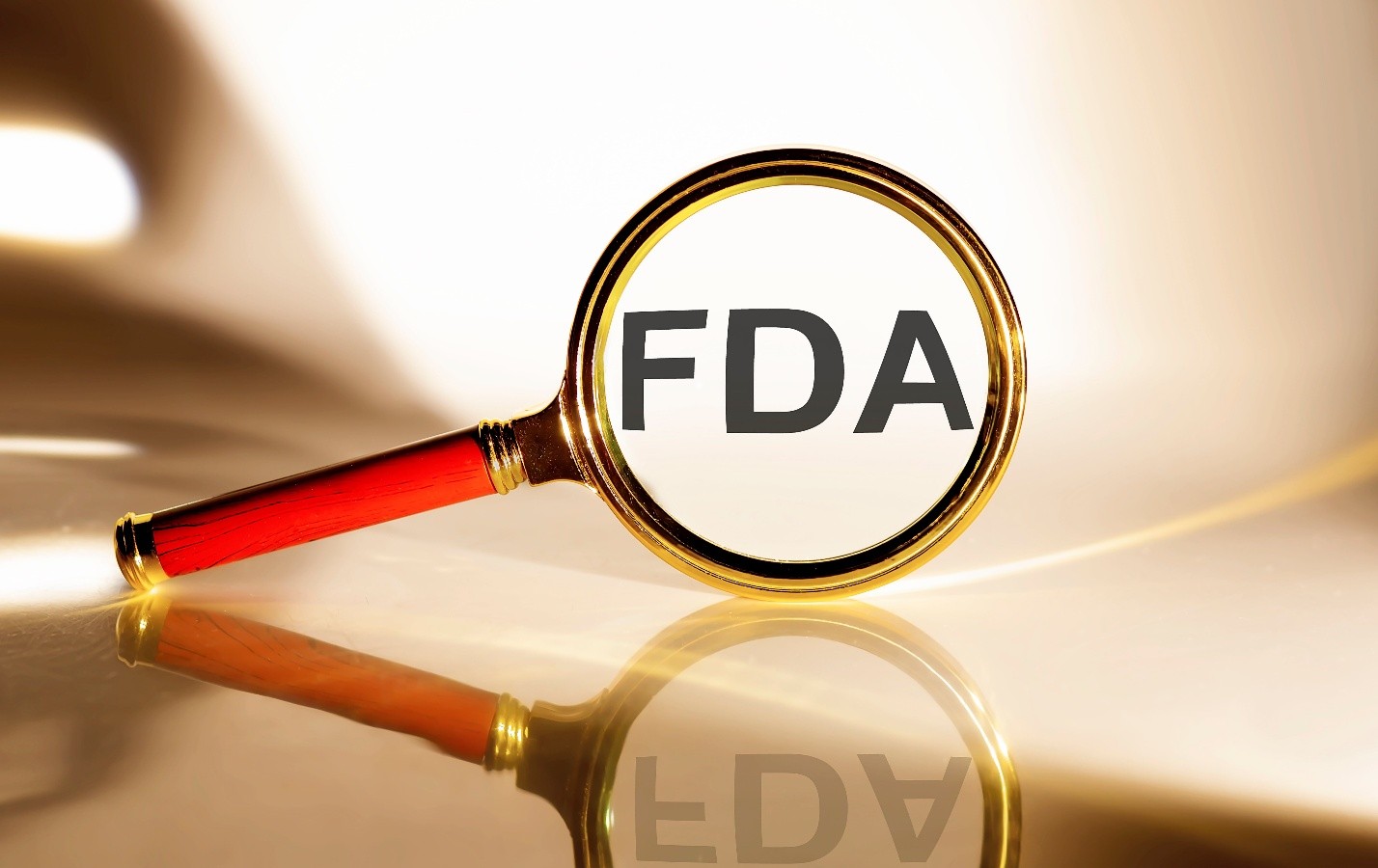
In the highly regulated medical device industry, compliance with the U.S. Food and Drug Administration (FDA) guidelines is critical. Any lapse in adherence to regulatory requirements can lead to severe consequences, including warning letters, product recalls, fines, and even legal action. For medical device companies, receiving an FDA warning letter is more than just a regulatory hiccup—it can significantly impact business operations, financial performance, and brand reputation.
Understanding the cost of non-compliance and the necessary steps to maintain FDA approval can help medical device manufacturers avoid costly mistakes. Patrick Gora of Rochester explores the financial, operational, and reputational risks associated with FDA warning letters and provides best practices to ensure regulatory compliance.
An FDA warning letter is an official communication from the agency alerting a company to regulatory violations found during an inspection, review, or complaint investigation. These letters typically cite violations related to:
The FDA issues a warning letter when it determines that a company has failed to address compliance concerns through voluntary corrective actions or when violations pose a significant risk to public health. Once issued, the recipient must respond within 15 working days with a detailed corrective action plan. Failure to do so may result in further enforcement actions, including product seizures, injunctions, or civil penalties.
Non-compliance with FDA regulations comes at a steep price. Patrick Gora shares some of the major financial consequences of receiving a warning letter:
1. Costly Remediation Efforts
Addressing compliance issues after receiving a warning letter often requires extensive corrective and preventive actions (CAPA), including process redesigns, staff training, and system upgrades. Companies may need to hire external consultants, compliance experts, or legal advisors to navigate the remediation process. Patrick Gora explains that these efforts can cost millions of dollars, especially if a company needs to revamp its entire quality management system.
2. Delayed Product Approvals and Market Entry
A warning letter can stall product approvals, preventing companies from bringing new medical devices to market. If an FDA review uncovers compliance concerns, the agency may delay or deny pre-market approvals (PMA) or 510(k) clearances. This can lead to significant revenue losses, particularly for companies with high-value products awaiting approval.
3. Product Recalls and Revenue Losses
In some cases, non-compliance issues may necessitate product recalls, which not only lead to direct financial losses but also increase liability risks. Recalls can disrupt supply chains, impact production schedules, and erode customer trust. According to a study by McKinsey & Company, the average cost of a product recall in the medical device industry can range from $5 million to over $600 million, depending on the severity and scope.
4. Legal and Regulatory Penalties
If a company fails to address the violations cited in a warning letter, the FDA can escalate enforcement actions, including civil monetary penalties and legal injunctions. The agency may also issue import alerts, preventing non-compliant medical devices from entering the U.S. market.
Beyond the financial burden, receiving an FDA warning letter can have lasting effects on a company’s reputation. Investors, healthcare providers, and consumers view regulatory compliance as a measure of product quality and reliability. A warning letter can erode confidence in a company’s ability to produce safe and effective medical devices, leading to:
Patrick Gora understands that rebuilding trust after a compliance failure is a long-term process that requires transparency, proactive communication, and demonstrable improvements in quality and safety standards.
Preventing compliance failures requires a proactive approach to quality management, regulatory monitoring, and employee training. Patrick Gora shares some best practices to avoid costly FDA warning letters:
1. Implement a Robust Quality Management System (QMS)
A well-documented and properly enforced QMS is the foundation of regulatory compliance. Companies should ensure their QMS adheres to ISO 13485 standards and aligns with FDA’s Quality System Regulation (QSR) requirements. Patrick Gora of Rochester shares key components, which include:
2. Conduct Regular Internal Audits
Routine internal audits help identify compliance gaps before the FDA does. Companies should establish audit protocols that include:
3. Ensure Proper Medical Device Reporting (MDR) Compliance
Failure to comply with medical device reporting requirements can lead to severe penalties. Companies should:
4. Maintain Clear and Accurate Documentation
FDA inspectors closely examine a company’s records, including design controls, CAPA logs, and complaint-handling procedures. Inadequate documentation is a common reason for warning letters. To prevent this:
5. Provide Ongoing Compliance Training
Employees must be well-versed in FDA regulations to prevent accidental non-compliance. Regular training programs should cover:
The cost of non-compliance in the medical device industry extends far beyond financial penalties. Patrick Gora understands that a single FDA warning letter can disrupt business operations, delay product approvals, damage a company’s reputation, and lead to long-term regulatory scrutiny.
Medical device manufacturers can avoid costly mistakes by implementing a comprehensive quality management system, conducting regular audits, maintaining thorough documentation, and providing ongoing compliance training. Patrick Gora of Rochester emphasizes that taking a proactive approach to FDA compliance is the most effective way to protect both the company’s bottom line and its commitment to patient safety.